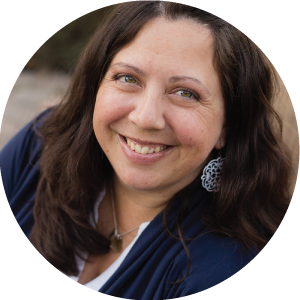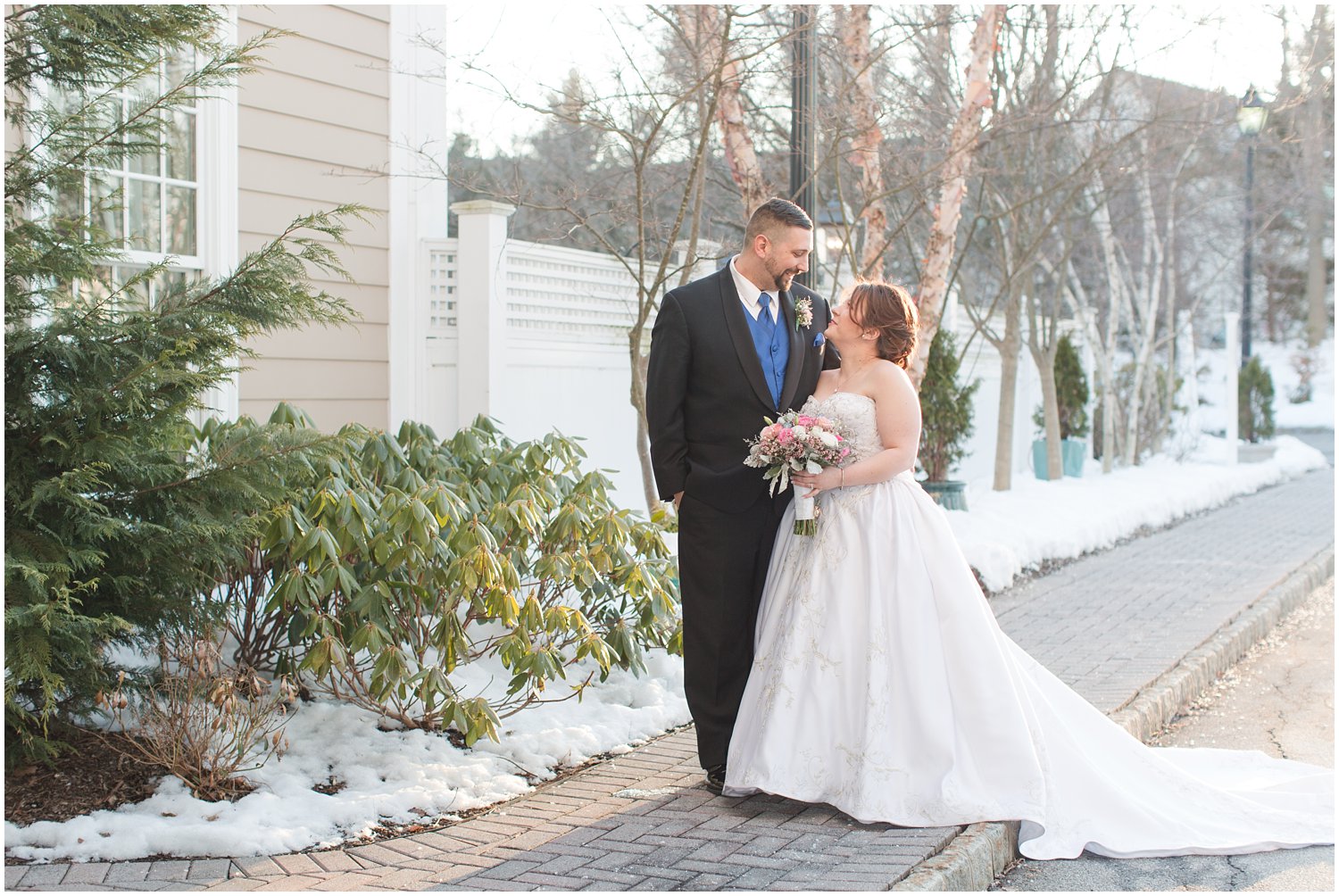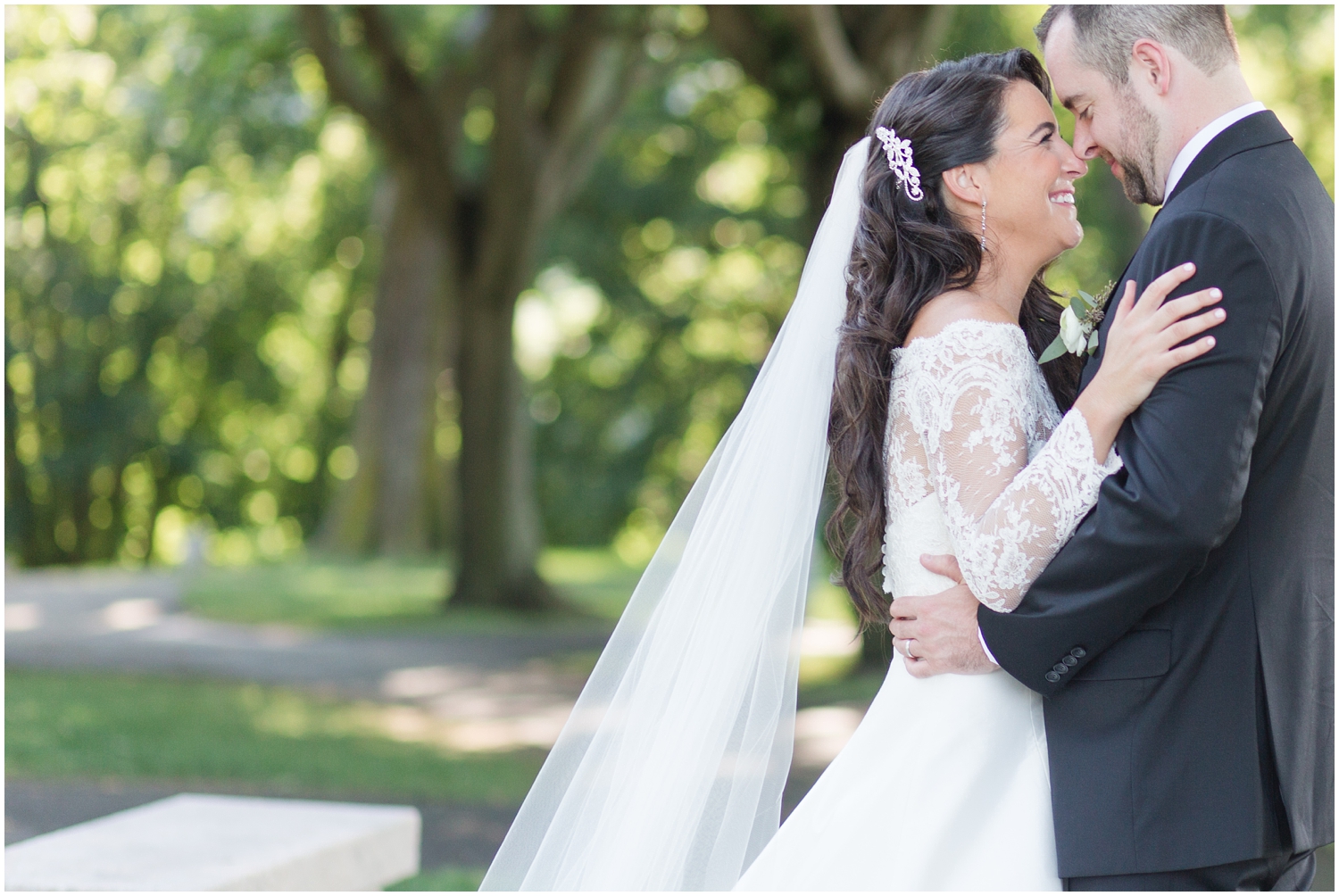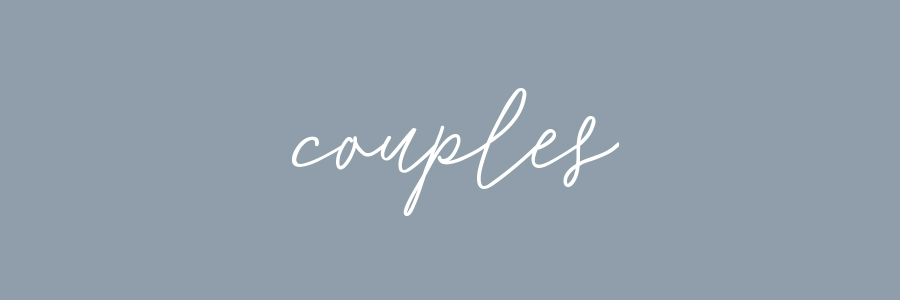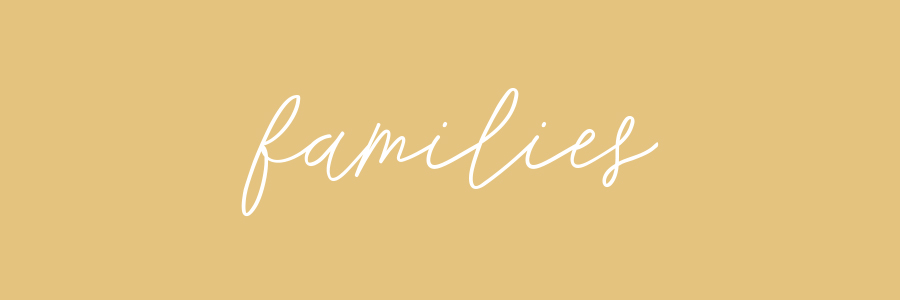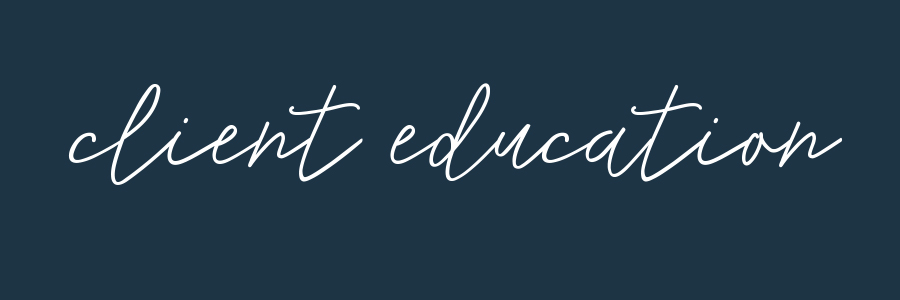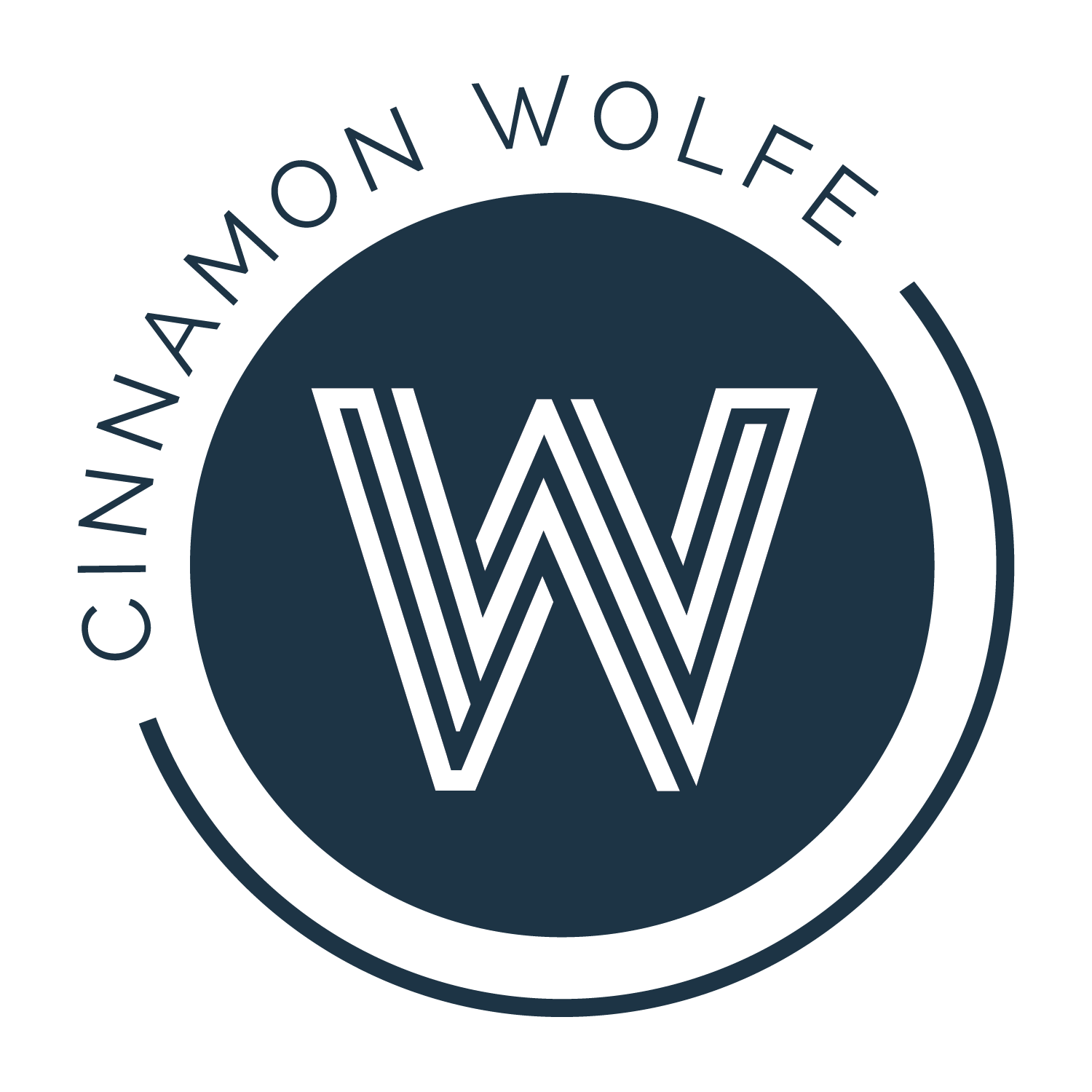The First Year // Editing
/While I was in the throws of learning how to use my camera and properly expose a photo, I quickly discovered that I couldn't do two really important things with the pictures I was taking.
1) I couldn't shoot in RAW* because I didn't have a program to open up those file types with and
2) I couldn't really edit a photo successfully with the meager programs I had on my computer.
*I should mention that during this time, I also learned what it meant to shoot in RAW as opposed to JPEG. At first I was slightly intimidated because everything I read mentioned how the data for the picture was captured separately and not compressed into an actual image. I thought I would open up a RAW image and see a bunch of weird code that I wouldn’t know what to do with. I could not have been more wrong. Once I had a program that could open RAW files, all of my fears were put to ease and I realized why shooting in RAW was so important.
Enter Lightroom (LR).
I knew LR was what a LOT of photographers used, but had heard some interesting things about PS Elements as well. After trying out 30-day trials of both LR and PS Elements, I dove in and purchased LR. LR was very intuitive and easy to use and I took quickly to it and began watching video after video of how to import, organize and edit my photos.
I also learned the difference in presets and actions. Presets are used in LR and actions are used in PS or versions of PS. They both do pretty much the same thing, just in different ways. They apply a set of changes to your photo based on what sort of look you want to achieve. All of the things can be done individually, but a preset or action is basically a saved set of steps so you don’t have to do everything individually to each photo each time. They can save you a ton of work.
I discovered early on that editing was really fun for me. It is where my artistic and creative side can really come out and flourish. I enjoy taking pictures immensely, but when you are taking photos of people, there is a whole other set of things you are focused on in addition to the actual picture taking, so editing gave me the opportunity to really sit and focus on being creative in the moment without having to think of a million other things at the same time.
I fell into the trap that a lot of newer photographers do as well and ended up purchasing a few different presets from some different companies. While they are generally fun to play around with, some are just not anything you would ever use for a client or not really your style. In the early days, I also think that since the preset made my photo look “different” that meant that it looked “good.” Since then I have really grown into my style and look back at what I thought looked great and shake my head and grin a little bit at my naiveté.
I will say that using presets did teach me a lot about how to edit without them. With most presets once you click on it, you can see what it has done to your photo. You can see what happened to the contrast, vibrance etc…and by messing with the sliders back and forth you can see what aspect of the photo is changing.
In December of 2013 I signed up for Creative Cloud subscription, which gives me LR and PS for a set amount per month. All updates are available for download as well. There is a lot of controversy over this but I felt it was right for me at the time. Who knows what the future will bring. However, with the addition of PS, a whole world of editing was opening up to me by way of actions. Plus, you can do SO MANY things in PS that are more focused on design rather than photo editing that it really opens up the way to do some cool things for your business.
For the past 6 months I have learned a lot about PS. I still prefer to do most of my work in LR, mostly because it’s just so quick. You can make batch adjustments to photos in seconds. You can export quickly and with different settings that are easy to understand.
I mostly edit by hand. There are maybe three or four presets that I do apply here and there but most of my other adjustments are done by manual adjustment. The gradient tool is probably my favorite editing tool so far. I use it ALL THE TIME. Spot healing and some light skin softening brushes are also commonly used. When I do take a photo into PS its usually because there is a specific look I am wanting to achieve that cannot easily be done in LR.
During this past year I have learned a lot about myself and my art. I study intensely what others do as well and find it so interesting how others approach their art as well. It is a constant challenge to remind yourself that as an artist, you are not aiming to recreate someone else’s work, you are aiming to create your own unique vision. I feel my eye has become more fine-tuned to pick up on these nuances when looking at others work.








